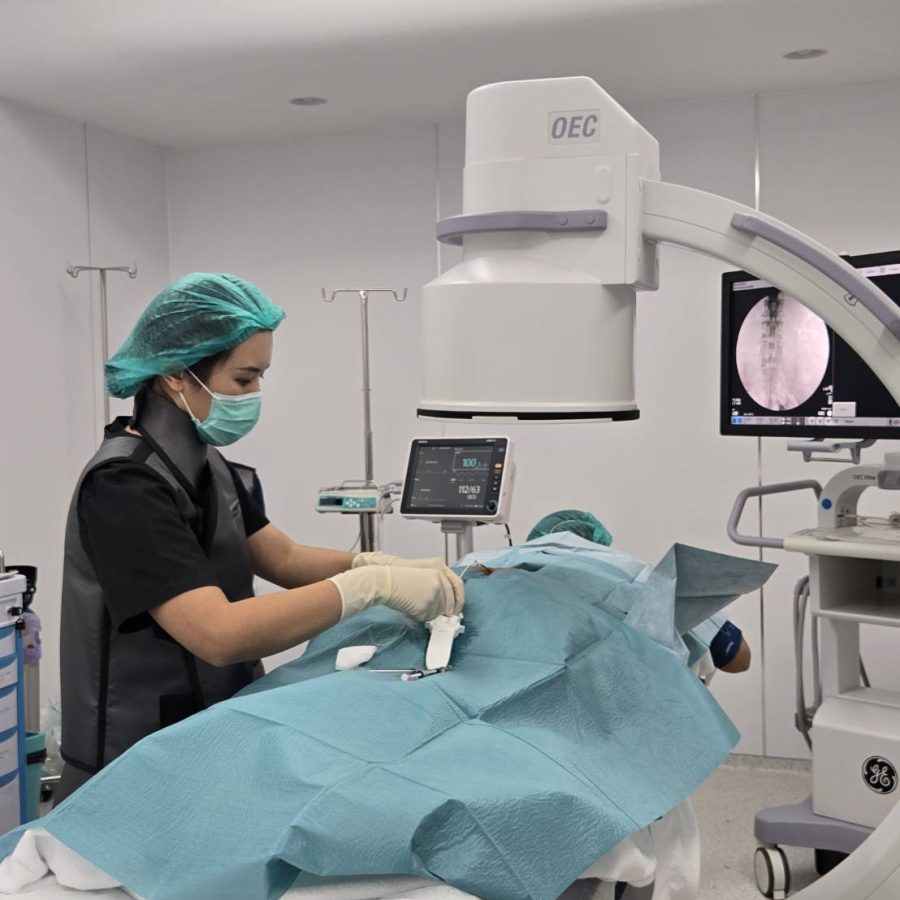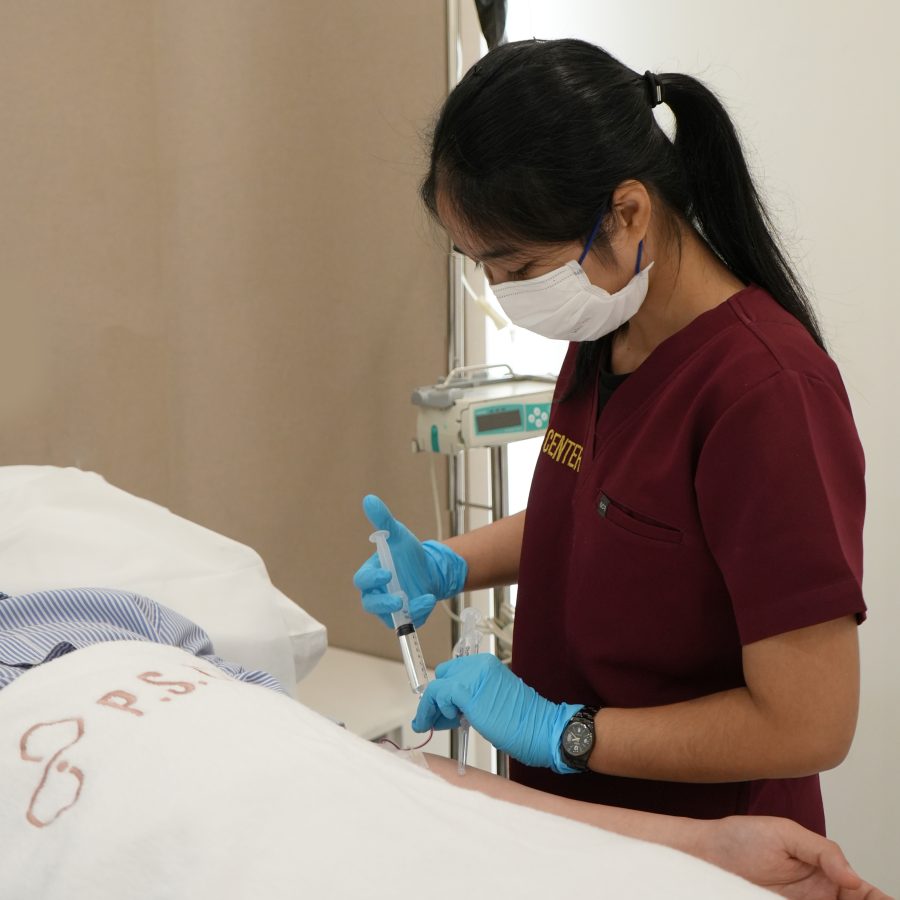Dealing with chronic lower back pain that radiates down your leg? If you’ve tried physical therapy but still haven’t found lasting relief, a lumbar epidural steroid injection (ESI) could be the solution. Here’s what you need to know about this effective treatment.
What Are the Types of Lower Back Pain?
- Localized Lower Back Pain: Pain confined to the lower back or the area around the hips. This is often related to the facet joints or soft tissue issues in the lower spine.
- Radicular Lower Back Pain: Pain that radiates down one or both legs, often caused by nerve irritation or compression. This type of pain can result from conditions like a herniated disc or spinal stenosis, which irritate the nerve roots. Lumbar ESI is particularly effective for radicular pain.
Who Can Benefit from a Lumbar Interlaminar ESI?
If you’re suffering from radicular lower back pain—pain that travels down your leg due to nerve compression, lumbar ESI might be an excellent option. It’s especially beneficial for individuals with conditions like:
- Herniated discs pressing on nerve roots
- Spinal stenosis causing nerve compression
- Sciatica due to nerve irritation
The MRI of lumbar spine is required for evaluation and planning prior to the procedure.
What is the Lumbar Interlaminar ESI Procedure?
This is a minimally invasive procedure that delivers a combination of local anesthetic and steroid medication directly to the epidural space near the affected nerve roots. The goal is to reduce inflammation and relieve pain caused by nerve compression or irritation.
How Long Does the Procedure Take?
The procedure typically takes about 15-20 minutes. You will remain awake throughout the process, though you may be given a local anesthetic to numb the area of the injection for comfort.
What Happens During the Procedure?
- Positioning: You’ll be asked to lie comfortably on your stomach.
- Guided Injection: The doctor will use fluoroscopy (real-time X-ray) and contrast dye to guide the needle to the precise location of the nerve root and epidural space.
- Injection: Local anesthetic and steroid medication will be injected into the epidural space to reduce inflammation and relieve pain. The procedure typically causes only mild discomfort.
What Results Can I Expect?
You will experience immediate pain relief from the local anesthetics for 4-6 hours and gradual improvement within a few days from the steroid. The steroids work by reducing inflammation, which can help alleviate pain and improve mobility.
If you experience significant pain relief following the procedure, it suggests that the nerve root is the source of your pain. ESI can offer relief for several weeks to months, with repeated injections providing longer-term benefits.
What Should I Do After the Procedure?
- Rest for the Day: Avoid driving and heavy physical activity immediately after the procedure. Your legs may feel numb and weak due to the local anesthetic effects, and this should last for 3-6 hours.
- Return to Normal Activities: Most people can return to their regular activities the following day, though you may be advised to avoid intense physical exertion for a short period.
- Mild Soreness: It’s normal to feel mild soreness at the injection site, which typically resolves within a few days.
How Can I Prevent Radicular Lower Back Pain?
- Maintain Proper Posture: Pay attention to your posture, especially when sitting for long periods or using a computer.
- Exercise Regularly: Focus on core strengthening exercises to support your lower back and reduce strain on the spine.
- Use Supportive Furniture: Ensure that your chair, mattress, and pillows provide proper support for your back.
Compiled by;Rarinthorn Choomsai Na Ayuthaya, M.D. Interventional Pain Specialist
Contact us to learn more or to schedule a consultation.
Tel: 02-125-3959, 098-195-0991







